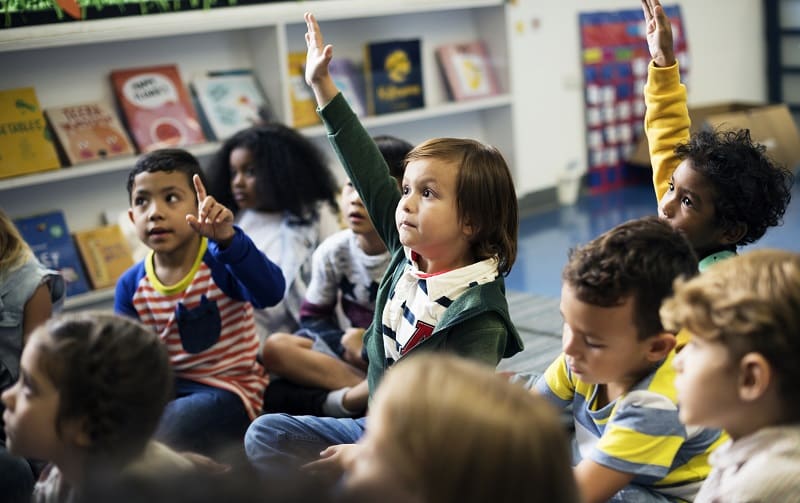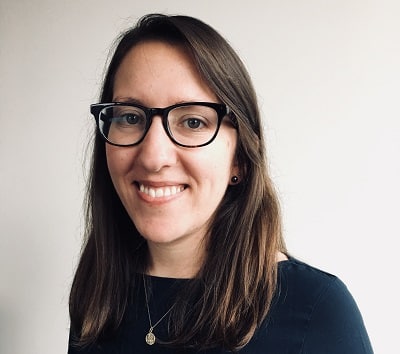EXECUTIVE SUMMARY
Too often in education, we turn to the same school exemplars time and again to uncover insights about K-12 school innovation. This limited sampling is often circulated via word-of-mouth, creating an echo chamber that distorts and diminishes the larger landscape of schools innovating toward student-centered learning. Databases and lists that offer information about innovative schools unintentionally contribute to the problem, as a lack of standard terminology and data structures forces them into siloes.
As a result, knowledge of how schools are reimagining the learning experience for students remains deeply fragmented and woefully insufficient, creating real consequences—not only for funders, researchers, and school support organizations, but ultimately for the evolution and spread of promising practices.
Recognizing this challenge, the Christensen Institute has worked with a range of partners to launch a project we’re calling the Canopy: an effort to build better collective knowledge about the diverse range of schools offering learning experiences designed with students at the center.
More than just another list, the Canopy reimagines both where information comes from as well as how it is structured to address some of the fractures in the current system. By casting a wide net through a crowdsourcing approach, Canopy surfaced 235 schools making strides towards student-centered learning—72% of which do not appear on other commonly referenced lists of innovative schools. Nominators and schools also used a consistent set of “tags” or common keywords to describe each school’s model, meaning the dataset can be filtered, analyzed, and built out over time.
This report offers a proof of concept for how better collective knowledge can generate insights about school innovation that may otherwise go undetected. Our research uncovered patterns in the innovative approaches reported by schools, with particularly noteworthy trends tied to geographic context, Free and Reduced Price Lunch eligibility, and racial/ethnic composition of the student body. While the findings are not nationally representative, the data illuminates questions worthy of further investigation. A number of the hypotheses we drew based on the data include:
- Implementation of learner agency and social-emotional learning may lag behind a general commitment to those approaches—or practices aren’t being codified and documented.
- Rural schools may be facing barriers to innovation or innovating in ways that don’t reflect national trends, and could benefit from targeted support and investment.
- Students in predominantly Black schools may not be getting the same opportunities for learner agency and social-emotional learning as in other schools.
- Experiential learning and competency-based models may be facing barriers to scale in schools serving low-income students and students of color.
- Efforts to redefine student success could be playing out differently depending on whether school models are designed to serve marginalized students.
- Lower-poverty schools and those serving predominantly White students may not be attending to the needs of marginalized students as deliberately as other schools.
This initial stage of the Canopy demonstrates how a process designed to advance collective knowledge has the potential to unveil a more diverse, complete picture of K-12 school innovation. We hope this leads to additional research efforts, and ultimately supports the development and scale of promising innovative approaches across the country.



